Full Name Marko Strizic Period Modernism Known for Photography Role Artist | Education self-taught Name Mark Strizic Nationality Australian Spouse(s) Sue | |
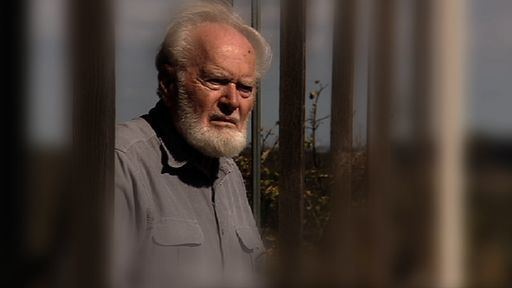 | ||
Books Schulim Krimper: Cabinet-maker : a Tribute | ||
Curriculum vitae mark strizic
Mark Strizic was a 20th-century Croatian-Australian photographer and artist. Best known for his architectural and industrial photography, he was also a portraitist of significant Australians, and fine art photographer and painter known for his multimedia mural work.
Contents
- Curriculum vitae mark strizic
- Early life migration
- Career
- Fine art
- Influence
- Books by or illustrated by Strizic
- Selected exhibitions
- Work in Collections
- Murals
- Awards
- References

Strizic and other post-war immigrant photographers Wolfgang Sievers, Henry Talbot, Richard Woldendorp, Bruno Benini, Margaret Michaelis, Dieter Muller, David Mist and Helmut Newton brought modernism to Australian photography.
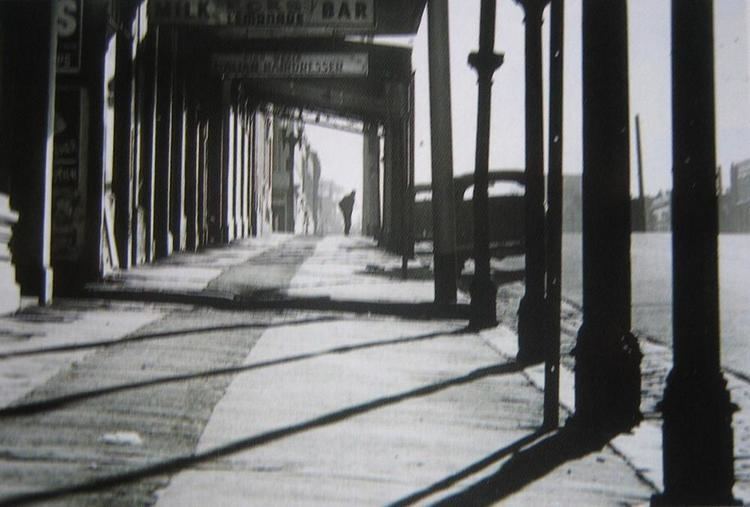
Early life & migration
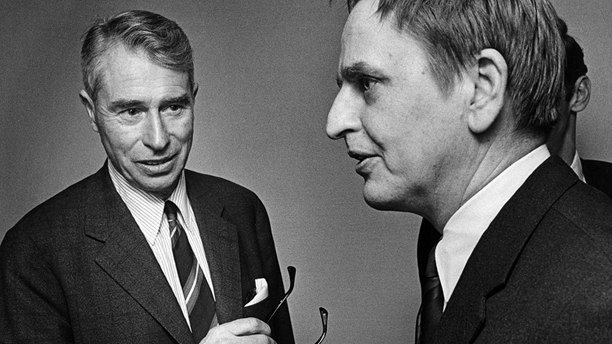
Marko Strizic was born in 1928 in Berlin, where his father, Zdenko Strizic (1902–1990), was studying and practising architecture (later becoming a Professor of Architecture). His mother was a textile designer, trained in Berlin, who contributed to Zdenko's practice. In 1934, in reaction to Hitler’s appointment as Chancellor, the family fled to Zagreb, Yugoslavia (now Croatia). There Strizic began to study physics and geology.

At the end of WW2, Strizic fled to Austria as a refugee following the liberation of Yugoslavia to escape the Communist regime. As there was a five-year waiting period to emigrate to the United States, he decided to go instead to Australia. He departed Naples on the converted Australian Navy seaplane carrier Hellenic Prince, arriving in Melbourne in April 1950. There his good spoken English soon gained him a position as a clerk with the Victorian Railways Reclamation Department, and he resumed his studies in physics part-time at the Royal Melbourne Institute of Technology.
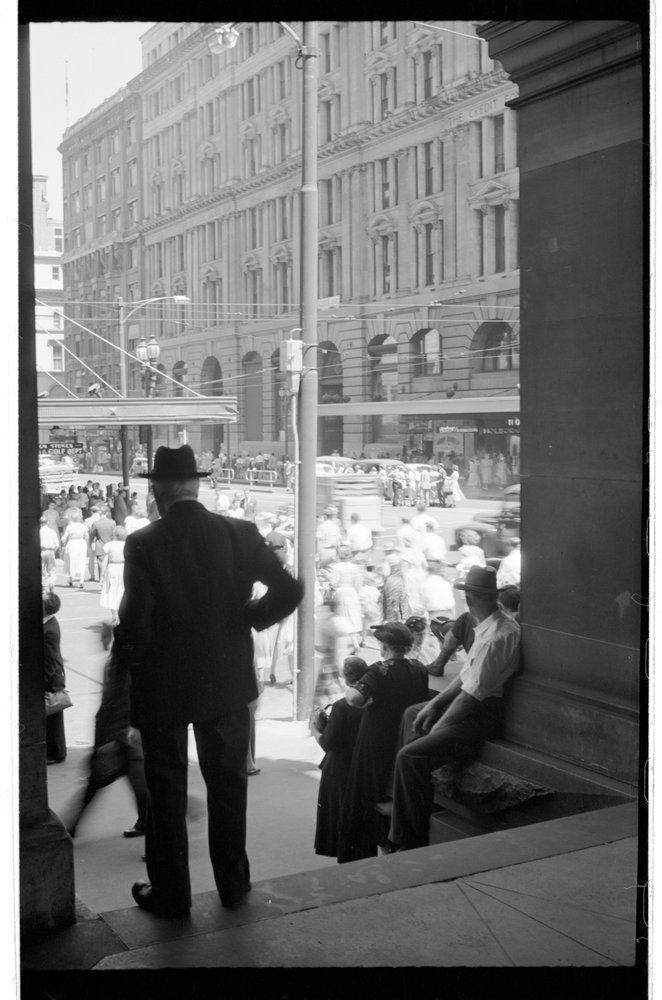
In 1952 he married Hungarian-born Sue. He settled in Richmond, subsequently moving with his wife to South Yarra, South Melbourne, then Kew,(Possibly Kew before South Melbourne), and finally to Wallan, in country Victoria, living there until his death in 2012.
Career

Strizic bought his first camera, a Diaxette and began to photograph his environment, developing a love of strong light which he found abundant under the clear skies of his adopted city. He enjoyed shooting into the sun contre-jour, and capturing low afternoon side-lighting effects for their high-contrast graphic silhouettes in black and white prints, and that became his signature style for his historically and culturally significant photographs of post-war Melbourne. His abandonment of physics in 1957 for a career in photography was encouraged by his father (who visited Melbourne in 1957 as guest professor at the School of Architecture Melbourne University) and through his friendship with David Saunders (who had stayed with Strizic's parents in Yugoslavia in 1952). Saunders, a Senior Lecturer in Architecture at the University of Melbourne who was then acting Assistant Director at the National Gallery of Victoria, provided increasingly frequent photography commissions. In 1957 Saunders introduced him to Leonard French, an artist and the Gallery's Exhibitions Officer, who asked him to document exhibitions, including the 1959 retrospective of cabinet maker Schulim Krimper’s furniture. Postwar industrialisation in Australia led then to work for mining company BHP, civil engineers Humes Limited and manufacturers McPhersons, photographing the plants, manufacturing, products and workers for annual reports and advertising, while the concurrent housing boom provided further opportunities. Strizic established his studios in Collins Street, Melbourne in what was known as 'The Paris End'.

Again through Saunders, in 1958, Strizic met modernist Robin Boyd of architectural firm Grounds, Romberg and Boyd, who became a major clients. Boyd controversially criticised Australian suburban culture in his book The Australian Ugliness of 1960, and likewise Strizic's photography began to illustrate Australians' disdain for their architectural heritage and their scant regard for the visual aesthetics of their urban environment amidst the destruction of magnificent Gold Rush era buildings and verandahs and their replacement by high-rise modernist office-blocks. This work was widely published in architectural books and journals but also illustrated social commentary during this period of a national identity crisis with frequent contributions of his photo-essays to Walkabout, Australia Today and other travel magazines (see below the range of books containing his photographs). In 1960 Strizic joined David Saunders to produce Melbourne: A Portrait, stating 'Its central thought is that while men make cities, the cities also affect the men.'
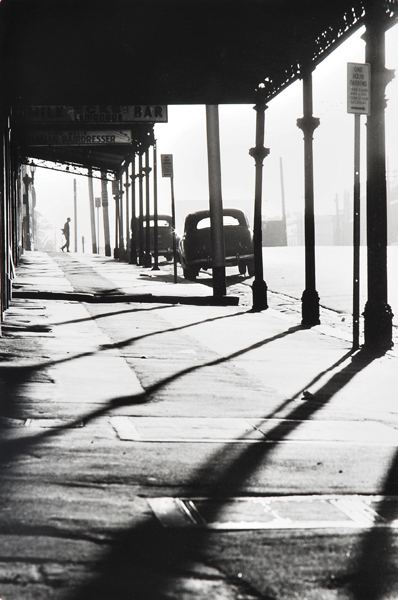
Strizic taught photography at tertiary level in Melbourne from 1978, and in 1984 he became a full-time artist, photographer and designer. The winner of a number of photographic awards and grants, he exhibited his work widely since 1958.
Strizic's work is represented in the Australian National Gallery and several state galleries and in corporate collections.
Fine art
Having become the first photographer to exhibit solo at the National Gallery of Victoria in 1968 and the first whose work was acquired by the National Gallery of Australia, Strizic moved more emphatically into fine art, finding a market for large scale mural installations amongst corporate clients. He began combining, enlarging, cropping and transforming elements from his black and white negatives through montage, then colourising and posterising the monochrome images in the manner associated with Pop Art. Symbols of urban ugliness such as power poles and billboards were his subject matter and critical target in often apocalyptic imagery intended to provoke a social consciousness. He was an early adopter of digital imaging techniques in producing such murals.
Influence
Strizic lectured in photography at a number of tertiary education institutions including Preston (Phillip) Institute of Technology (1975–1977); Melbourne College of Advanced Education (Lecturer in Charge of Photography 1977–1982); part-time lecturer in Photography at the Victorian College of the Arts (1982–1984).
Books by or illustrated by Strizic
Selected exhibitions
Work in Collections
Murals
Include:
Awards
The Visual Art/ Craft Board's Emeritus Fellowship 1993 (also awarded that year to Olive Cotton, Nora Heysen and Peter Rushforth)
